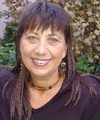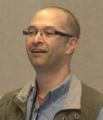IMPROVING WHERE WE LIVE: At the Parksville 2019 Symposium, Tim Ennis will elaborate on the precedent-setting nature of “Kus-kus-sum Restoration on the Courtenay River – Transforming a Decommissioned Sawmill Site into a Valuable Habitat Corridor” (Module B on Day Two – panel vignette)

“The economic return to the community through this project will far outweigh the costs. For example, the restored site will have tremendous potential to absorb floodwaters and provide resiliency to buffer the effects of climate change from more frequent and severe rain storms, sea-level rise, and storm surge events. This will mitigate the flooding-related costs to Courtenay, which have been in the ballpark of $500,000 per event,” stated Tim Ennis.










